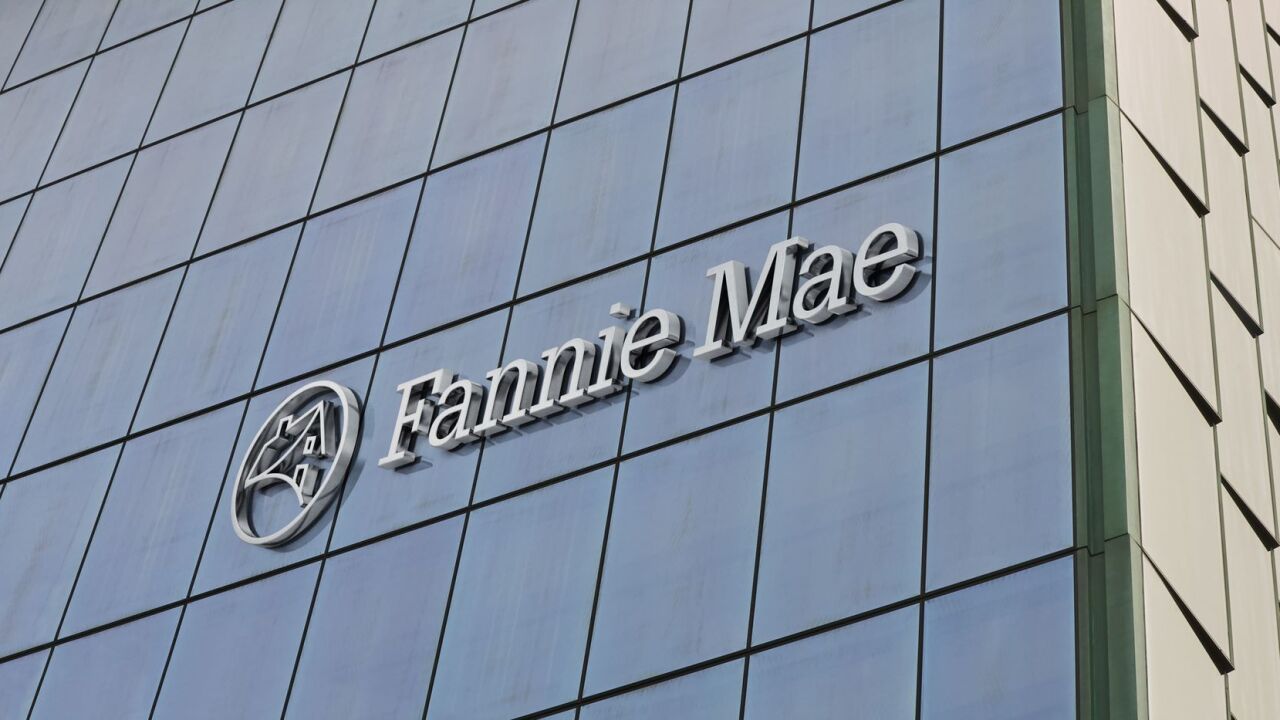-
The much-anticipated proposal, which would not go into effect until after Fannie Mae and Freddie Mac are privatized, reflects Director Mark Calabria’s aggressive efforts to get the companies on a strong financial footing.
May 20 -
Director Mark Calabria, who abandoned the Fannie and Freddie capital proposal written by his predecessor, said he expects a revised framework to be ready “very soon.”
May 19 -
The Federal Housing Finance Agency clarified that borrowers with Fannie Mae- or Freddie Mac-backed mortgages who have entered into forbearance plans can be eligible for a refi or new purchase once they are considered “current” on their mortgage.
May 19 -
The two mortgage giants said they would begin the process of hiring outside firms to help raise capital that will be needed to exit conservatorship.
May 18 -
Total forbearance driven by the coronavirus rose by 25 basis points, which suggests it is still growing but at a slowing pace, according to the Mortgage Bankers Association.
May 18 -
Ginnie Mae is offering temporary relief related to its acceptable delinquency-rate threshold in response to issuers' need to fulfill the forbearance requirements in the coronavirus rescue package.
May 18 -
The agency's announcement came one day after the agency said it would provide borrowers struggling to stay current with an additional payment deferral option.
May 14 -
Eligible borrowers can add the forborne payments to the end of their loan term.
May 13 -
The government-sponsored enterprises have set new temporary limits on mortgage sales while extending processing flexibilities related to COVID-19.
May 6 -
The other parts of the Day 1 Certainty program regarding income and asset verifications remain in effect.
May 6









